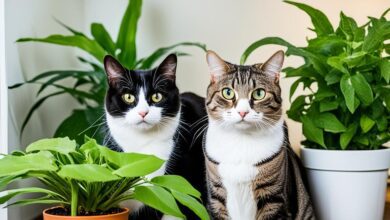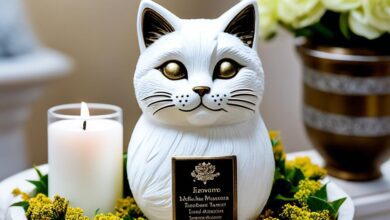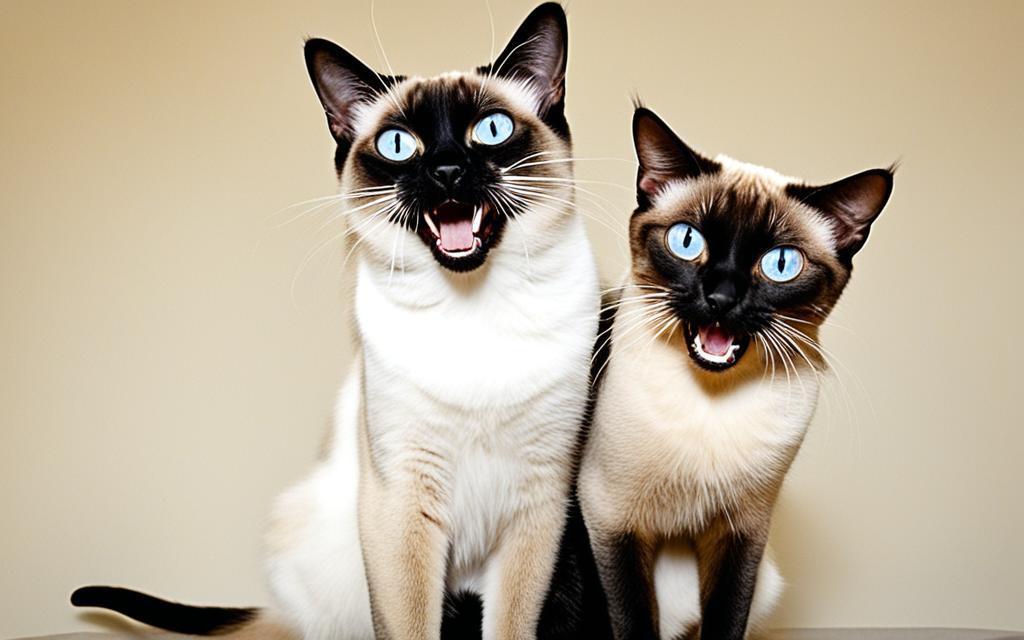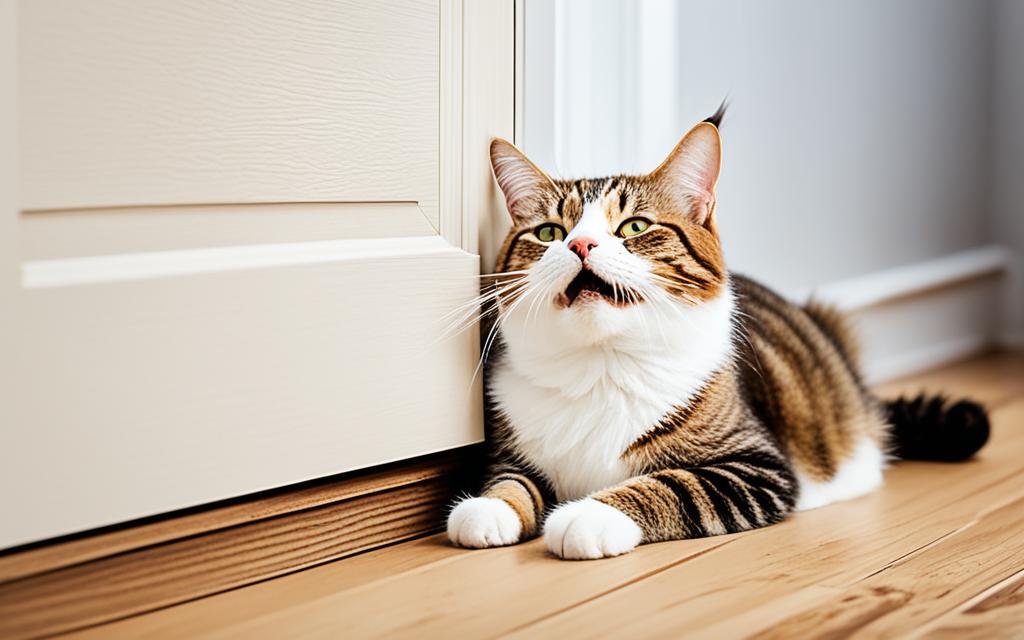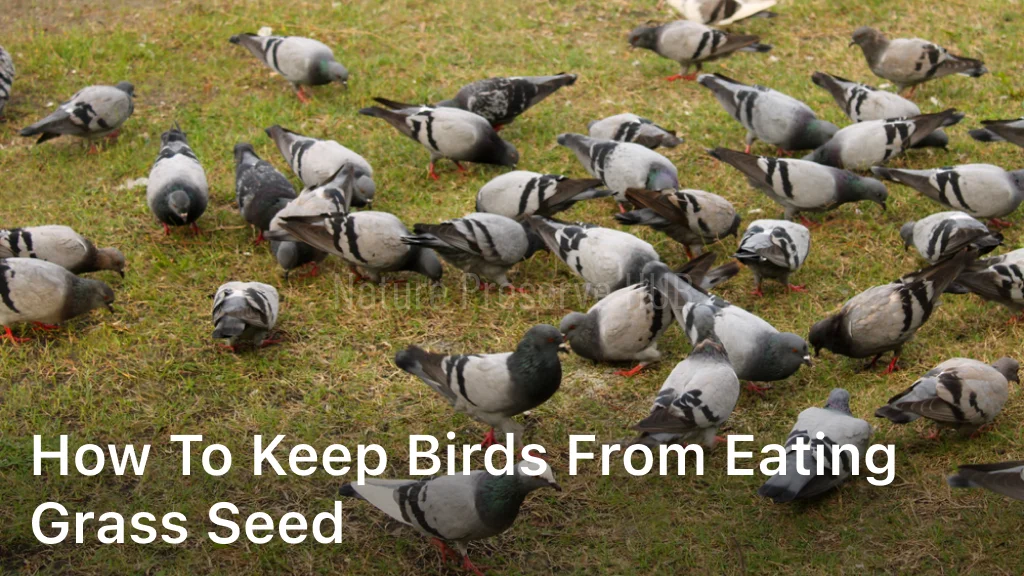How to Stop a Cat from Suckling: Effective Solutions
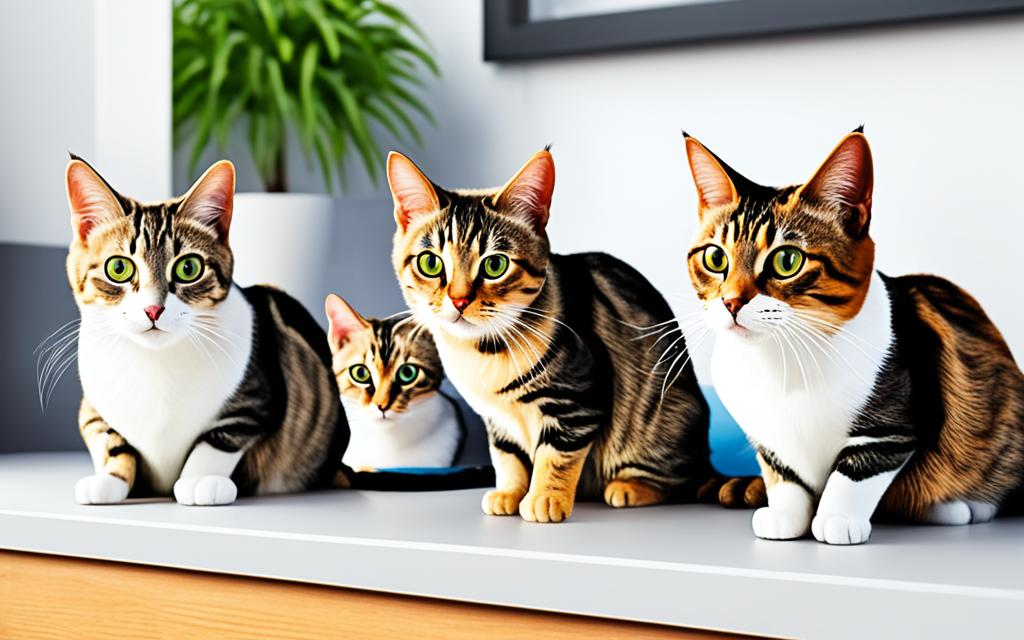
How to Stop a Cat from Suckling – Suckling is a natural behavior rooted in a cat’s early life. This action mimics nursing, just like they did with their mother. While some cats stop this habit after weaning, others persist. They suck on soft items such as blankets or even on people’s hands.
Why do they continue? For some, it’s a way to comfort themselves. Others might have been taken from their mothers too early. Certain breeds also have a higher tendency to do this. Though this might seem harmless, it can lead to health issues if the materials they suckle on are swallowed.
What is Cat Suckling?
Suckling is a natural instinct that cats carry from nursing. It offers them much more than just nutrition. It brings comfort and a sense of safety. Some cats stop suckling once they no longer need mother’s milk. But others keep doing it. They may suckle on soft items like blankets or their owner’s fingers.
Understanding the Instinctive Behavior
The motion and feeling of suckling can calm cats. They often do it while making gentle kneading motions and purring softly. These actions remind them of the cozy feelings they had while nursing.
Kittens Suckling from Their Mother
For kittens, suckling is not just about food. It’s a way to feel safe and connected to their mother. This deep-rooted behavior helps them grow strong and feel secure as they grow up.
Adult Cats Continuing to Suckle
Some cats keep up the suckling habit even after they’ve grown up. They find comfort in items like blankets or pieces of clothing. Pets’ fingers or toes might also be targeted. Although this isn’t usually worrisome, it could become problematic for their health.
Why Do Cats Suckle?
Cats suckle for various reasons. They find comfort, soothe themselves, and might have learned it from their mother. This habit can make them feel safe in tough times, just like how some people feel better with thumb-sucking. If a kitten leaves its mom too soon, it can struggle and keep sucking on things even as it grows up.
Self-Soothing and Comfort
Suckling helps cats feel calm and safe, especially as they grow older. It’s like a built-in way for them to relax. They might do it on fabric or even their own skin. This kind of self-care gives them a way to deal with stress and worry.
Early Weaning and Separation Anxiety
If kittens don’t spend enough time with their family, they might suckle more as they get older. They miss their mom and siblings. So, they suck on things to feel better and remember the old days. It’s a habit that grows from the need for comfort, starting from a young age.
Breed Predisposition
Some cat types, like Siamese, Burmese, Tonkinese, and Balinese, have a natural urge to suckle. They may keep at it because of their family history and how they were raised. This makes them more likely to suck on things, whether they’re a kitten or fully grown.
Suckling on Blankets and Fabrics
Cats often like to suckle on different things, and blankets are a top pick. The smooth, soft feel of a blanket is similar to a mother cat’s fur. So, it’s a cozy choice for cats to suck on. They also enjoy knit sweaters, textured pillows, and plush toys because these items remind them of cat suckling on blankets.
Soft Textures Mimicking Mother’s Fur
For kittens, suckling means more than just milk. It’s also about finding comfort and safety. Even as they grow up, cats may still suckle on things that are soft and fuzzy.
These can be blankets, fabrics, or anything similar. Suckling on soft textures like this reminds them of their mom’s fur.
Common Targets: Sweaters, Pillows, and Toys
Cats are not only into blankets. They might well suck on knit sweaters, pillows, and toys too. This action feels nice and helps them feel secure. It’s a way for them to calm down and feel at peace.
When to Consult a Veterinarian
In most cases,
Cat suckling is usually okay, showing your cat is happy and healthy. But, if it turns into a way to calm them down, it might mean they’re stressed. Or there could be a health problem causing them pain. Watch out if they start eating what they suck on, overgroom, or act very stressed or different.
If you notice any of these signs, like not eating well or avoiding you, it’s best to see the vet. They can figure out what’s going on and help your cat feel better.
Excessive Suckling or Ingestion
If your cat takes their suckling too far and starts eating the things they suck on, be on guard. Things like fabric can get stuck in their stomach, which is very bad. This might need surgery to fix. So, if you see your cat is eating these items, don’t wait to get help.
Signs of Stress or Pain
If other changes in your cat show up, like not eating, sleeping more, or not playing, they might be trying to tell you they’re not well. This happens when they’re stressed or hurting. Your vet can tell you what’s wrong and how to fix it.
Potential Behavioral Issues
Even though cat suckling is usually fine, sometimes it shows there’s a big problem. This could be anxiety or other serious issues. If the suckling gets out of hand or bothers you, or your cat, it’s best to seek help. Your vet can check if there’s a deeper problem and share the best care plan.
How to Stop a Cat from Suckling
To stop a cat from suckling, try a few things. You can give them new toys and blankets. This helps satisfy their need to suckle. Playtime and toys can also keep them busy and happy without suckling.
Providing Alternative Toys and Blankets
Give your cat a soft toy or blanket to suckle on. This makes them feel safe and calm, like they did with their mother. Try different items to see what they like the most.
Engaging in Playtime and Mental Stimulation
Play with your cat often. Use toys and games that make them think. This keeps them from suckling out of boredom. Regular play and mental challenges are good for them.
Positive Reinforcement and Redirection
Praise your cat when they don’t suckle. If you see them doing it, gently move them to something else. Never scold them for suckling. This could upset them and cause more issues.
Creating a Supportive Environment
To stop a cat from suckling, we need to make sure they have everything they need at home. This means having plenty of spaces for eating, sleeping, and going to the bathroom, especially in homes with more than one cat. Making sure they stay active and entertained is key.
Ensuring Adequate Resources
Cats do best when they have their own eating areas, litter boxes, and comfy spots to snooze. Focusing on these basics cuts down on stress and unwanted habits like too much suckling. It’s also vital to cater to the needs of multi-cat homes. This reduces tension and prevents unhealthy competition for resources.
Reducing Stress with Pheromones
Feliway products can be a game-changer. They use scents to help cats feel more secure and calm. By using Feliway diffusers or sprays, we can improve the environment and lessen unwanted behaviors like suckling.
Considering Medication as a Last Resort
Sometimes, even after trying everything, a cat might continue to suckle too much. Medication could be an option but should be the last one. Always talk to your vet first. They can suggest drugs that help with anxiety or compulsive tendencies. Remember, these should always be part of a bigger treatment plan.
Breed Tendencies and Suckling
Some cat breeds are more likely to suckle than others. The Siamese, Burmese, and other Oriental breeds are known for this behavior. They sometimes continue to suckle into adulthood. This tendency comes from their longer weaning period.
Certain breeds also like to suck on things like blankets and clothes. This includes the Angora and Norwegian Forest Cats. It’s important to watch these cats closely. Eating fabrics can cause stomach problems.
Safety Considerations
Cat suckling is mostly harmless. But, if they suckle on wool or other things, it can be bad. They might eat these materials. This could cause health problems like blockages. Surgery might be needed to fix this.
Preventing Ingestion of Fabric or Objects
Keeping fabrics and objects away from your cat is very important. This includes blankets and clothes. It’s also good to give them safe things to suckle on. Cat toys and scratching posts work well for this.
Monitoring for Intestinal Obstructions
Watch your cat’s suckling closely. If it seems like too much or worrisome, talk to your vet. Eating non-food items can block their intestines. They might then need quick medical help to avoid serious issues.
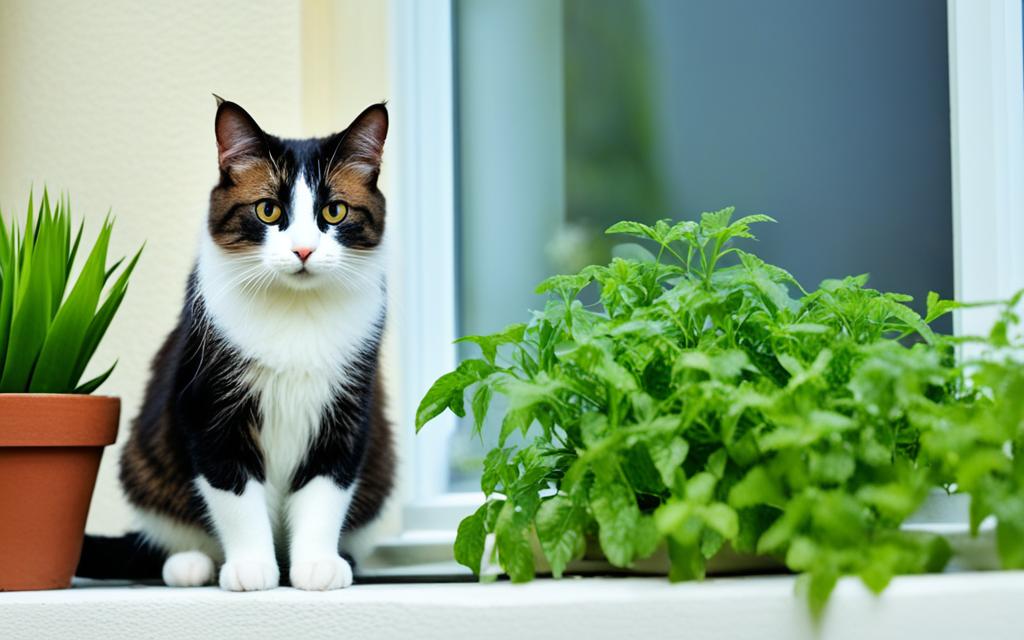
Conclusion
Suckling is a natural behavior in cats. But it can be a problem if it’s too much. If cats lick a lot or start eating strange things, it’s not good.
It’s key to understand why cats suckle. We should try to find out what they need. Then, we can help them stop this behavior. This helps keep them healthy and happy. With time, we and our cats will do better.
The main thing is to figure out why the cat is suckling. Then, we offer them good toys and play with them a lot. By doing this, we can stop cats from suckling in a healthy way. Remember, being kind and patient is the best way to help our cats.
Finally, by learning about cat suckling and acting on it, we can keep our pets well. It’s important to use the right methods. This way, we can have a great relationship with our cats.

